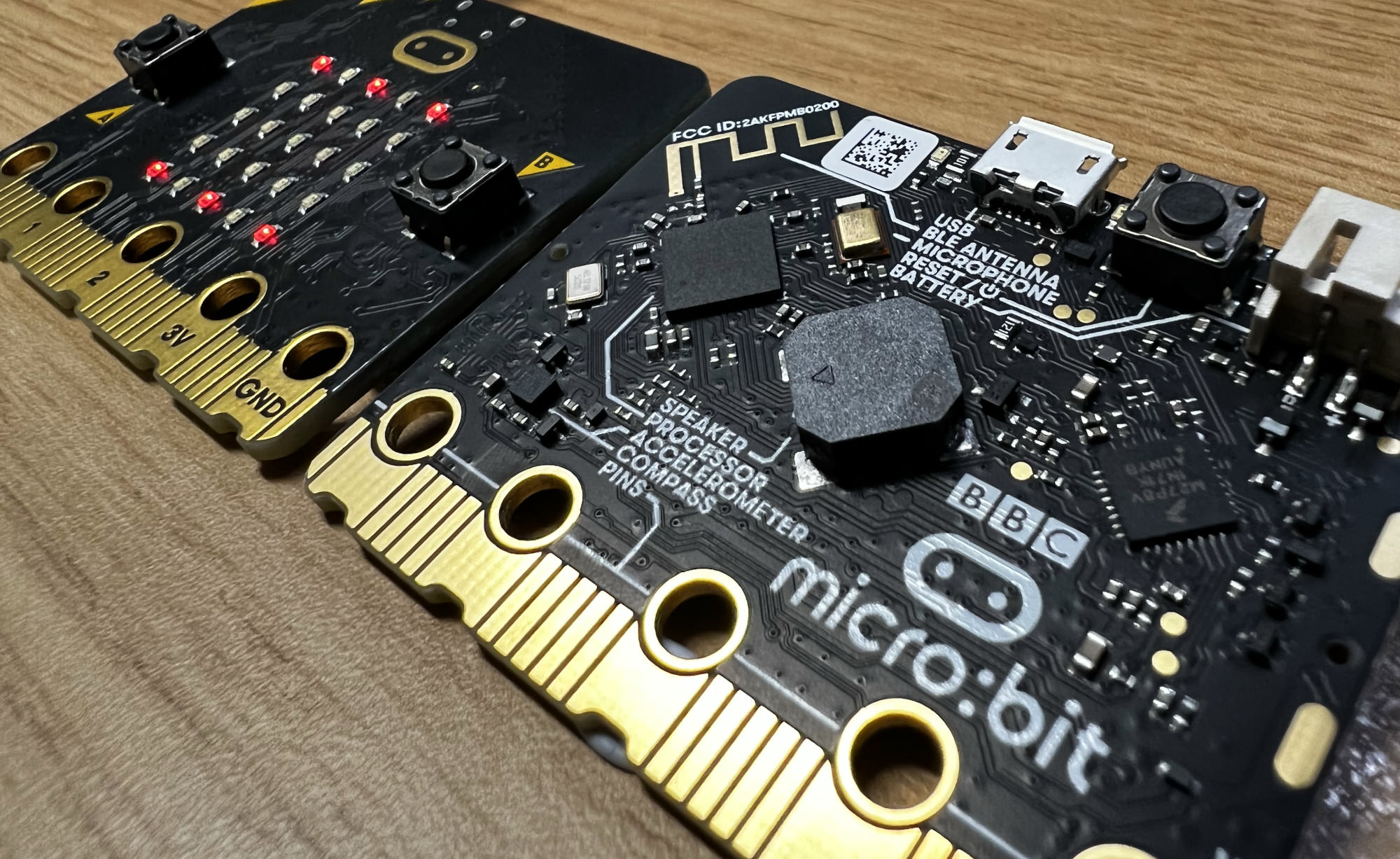
References and links
Manuals
Here are the important manuals for your microbit, its nRF52 MCU, and the ARM Cortex-M4 CPU within it.
COMP2300 ARMv7 cheat sheet
This cheat sheet has all the most important ARM assembly instructions that you will use in this course. It doesn’t include everything, but it’s a good one to keep handy (Charles has one printed out on his desk at all times).
It’s available in PDF or as a web page.
ARM®v7-M Architecture Reference Manual
This is the official manual for the ARM Instruction Set Architecture used by your microbit. Make sure you know how to search & bookmark this document in your pdf viewer of choice.
ARM Cortex-M4 Technical Reference Manual (pdf, website)
This is the reference manual for the Cortex-M4 CPU. This provides documentation of the built-in peripherals such as the NVIC (nested vectored interrupt controller), Memory Protection Unit (MPU) and Floating Point Unit (FPU).
nRF52833 Product Specification
This manual is for the microcontroller chip on your micro:bit (a Nordic Semiconductor nRF52833). It’s important because it explains how you can interact with the peripherals on that particular MCU. (There are lots of different Cortex-M4 MCU designs in the world with different features and setups, so we need a specific manual).
micro:bit Technical Schematic
This is the hardware schematic for the micro:bit board. This explains how the components of the microbit connect to the nRF52833 MCU. Importantly, it lists a pin-map showing which GPIO pins are connected to which component (LED, button, etc) on the board.
You can see very detailed information about how the microbit hardware works on the PDF schematic.
ARM Architecture Procedure Call Standard
The Procedure Call Standard gives guidelines for writing code so that components written by different programmers/compilers are likely to work together. It sets out expected usage for registers, including special uses and which registers should be saved by which parts of a program. Essential reading!
Books
These are text books that are useful for the course.
Introduction to Computer Organization by Robert G. Plantz
This (free, online-only) book is for a similar course at a different university. There are a couple of reasons why we don’t use it as an official text for this course, but it’s still a good resource if you’re looking for another angle in understanding this stuff.
This is a great book for understanding digital logic, basic assembly, memory, the stack, functions, and data structures.
Digital Design and Computer Architecture by Sarah Harris and David Harris
Available for free online from ACM (link)
This book (available for a PDF for free!) is all about how ARM CPUs actually work. If you want to dive further into digital logic and microarchitecture, this is the book to read.
Essentials of computer organization and architecture by Linda Null and Julia Lobur
This book (available at the ANU library and online through O’Reilly press) is a bit more of a high level tour approach to how computers work in layers from digital logic, to system software. It is particularly good on operating systems, networking and CPU architectures. This is the place to go when you want to how the whole story of a computer (hardware and software) fits together.
Links
GNU Assembler documentation
Our VSCode to Microbit toolchain uses GNU compiler tools to turn assembly code into machine instructions. The GNU Assembler documentation can help understand how these work:
Ben Eater’s Youtube Channel
Ben Eater is a computer science teacher on YouTube who makes amazing videos about computer organisation and program execution. We’ll look at some of them in the lectures, but it’s worth a watch!
- Build a 6502 computer series (ongoing!) https://eater.net/6502
- Let’s build a video card! https://eater.net/vga
- Youtube Channel
Building your own computer following Ben Eater’s instructions would be a great holiday project.
Davespace ARM tutorial
This online reference material is a bit more chatty than the official arm reference, and has some more explanatory text. It does mention some stuff that we won’t cover in this course (and it’s not specific to the CPU on your micro:bit), so I won’t refer to it often. Still, it might be useful if you’re looking for alternative ways of explaining things, or just want to dive deeper in to ARM assembly programming.
Godbolt compiler explorer
The Godbolt compiler explorer is an interactive online tool for turning C code
into assembly instructions using the gcc compiler. It has support for various
architectures, including ARM. To see the code which would be generated for a
Cortex-M processor like your micro:bit, make sure you select the ARM GCC 5.4
compiler (or similar) and specify the -mcpu=cortex-m4 compiler option.
This tool doesn’t give you anything you can’t technically pull out yourself with
gcc and a few commandline shenanigans, but it has a few nice touches like
using colour-coding to show which bits of C match up with which bits of assembly
code, and a few other things like that.
Visual 6502
It’s an online, visual transistor-level emulation of a MOS 6502 CPU (circa 1975).
We’ll have a look at this in later lectures but it’s fun to try out at any time!
NAND 2 Tetris
A famous course in computer organisation, could be useful if you’re looking for some different materials. This course differs from COMP2300 by creating a “simulated” computer, rather than working with a real micro:bit.
Resources about Digital Sound and Synthesis
The assignments and labs may involve making sounds with your micro:bit, but the basics of digital sound aren’t covered in detail in the course. If you want some more detailed information, I recommend the following resources:
- Monty Montgomery: Digital Sampling Youtube, Direct Video Download
- Technology Connections: Nyquist-Shannon Youtube
- Computerphile: How Digital Audio Works YouTube
I also have a lecture about digital synthesis which extends the basics a bit, and could help with your assignments. The slides and video are up.